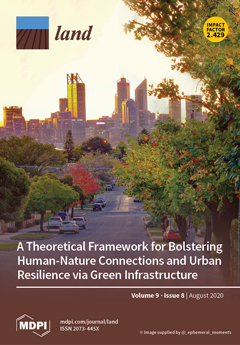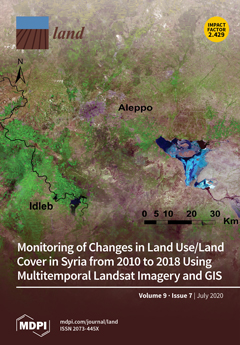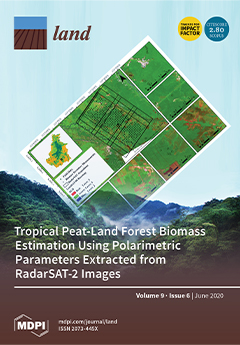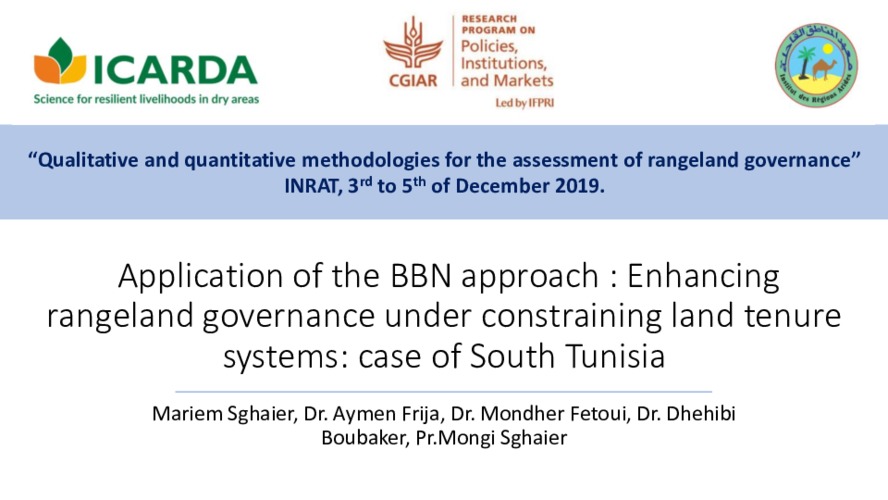Diversification of Livestock-Keeping Smallholders in Mountainous Rural Regions of Azerbaijan and Georgia
Diversified livelihoods combining farming, livestock keeping and non-farm income are characteristic of many rural households worldwide. For the Central Asian and Caucasian region, livestock keeping is especially important in terms of land use and socio-cultural heritage.










